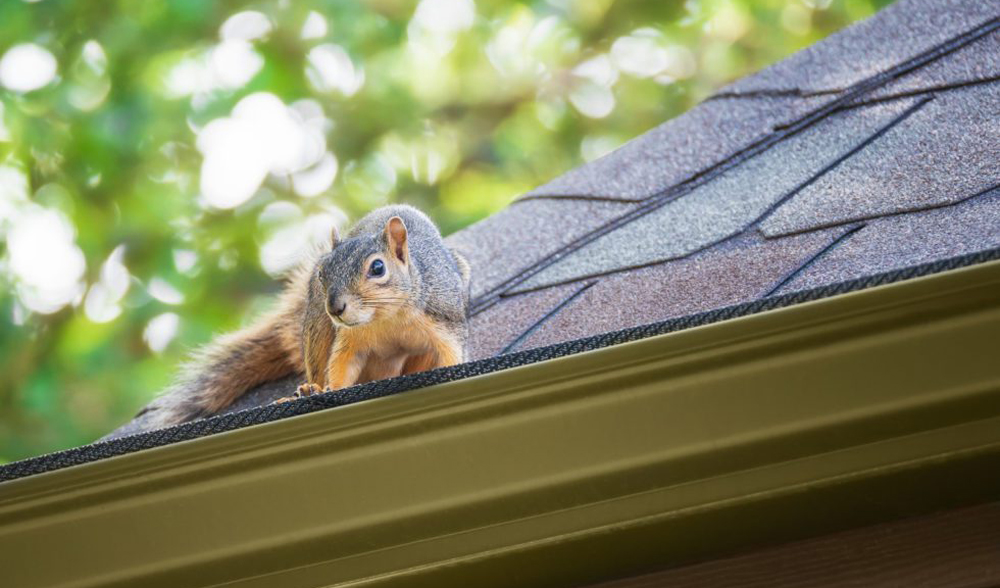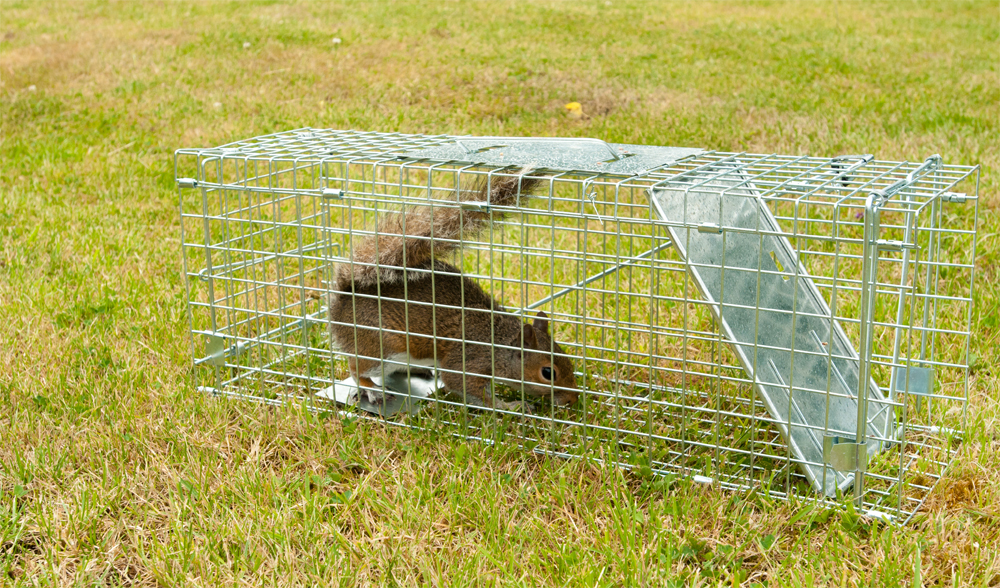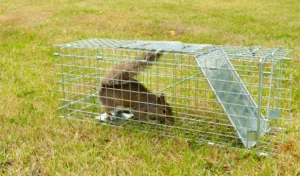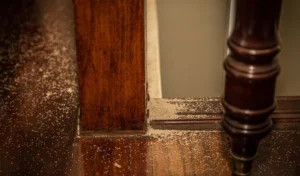Despite their innocent appearance, squirrels can wreak havoc in a household. From gnawing through wood and siding to leaving oily residues and droppings that can harm your property, along with the spread of hazardous diseases, the impact of squirrels on your home and family can be far from endearing.
Should you find squirrels residing in your home, there are several techniques you can employ to get rid of them.
Prevention Measures
The most effective way to prevent squirrel-related chaos in your home is by barring their entry in the first place.
Begin by sealing off all potential entry points. Squirrels can slip through even the tiniest of openings or cracks, including those situated above ground level. If trees or shrubs are adjacent to your house, squirrels might leap from these to gain access.

Conduct a meticulous inspection, sealing any gaps or crevices you discover. Ensure these entry points are sealed with materials impervious to squirrel chewing, like stainless steel mesh or sheet metal. Otherwise, they’ll create new openings, perpetuating the problem.
If you spot squirrels within your home, make an effort to eliminate them before sealing the entry points. Leaving a squirrel trapped inside can lead to additional issues such as odors and diseases. If squirrels have been spotted indoors, it might be time to enlist professional assistance.
Assessing the Situation
To devise an effective removal strategy, assess the situation thoroughly. Firstly, determine the number of squirrels present and whether there are any offspring. If there’s a nest of babies, the removal process becomes more complex.
Mother squirrels are highly protective of their young, so it might be prudent to wait until the babies are old enough to leave the nest independently. Once they’ve reached that stage, their removal process aligns with that of any other squirrel.
After estimating the number of squirrels, observe their daily patterns within your home. Typically, they seek shelter indoors from harsh weather and intermittently depart through their entry points in search of food. If squirrels leave during the day, a viable strategy might involve waiting for them to exit and swiftly sealing their entry points, preventing their return.
A strategic approach involves sealing all entry points except the main one while squirrels are indoors. Then, seal the final hole when they’re outside. While generally the easiest and most humane option, ensuring all entry points are sealed and no squirrels remain inside can be challenging.
Using a Live Animal Trap
Trapping squirrels could be the most effective approach for two main reasons: firstly, there are no registered legal poisons for squirrels in the US. And secondly, using poisons or other methods leaves a deceased squirrel inside your home.
Trapping squirrels can be tricky, so it is crucial to employ the right traps. Trapdoor-style Live Animal Traps are the most common and efficient for trapping squirrels. These traps, once triggered by the squirrel’s pursuit of the bait inside, ensnare the squirrel within their mechanism. Their well-designed mechanisms facilitate the easy release of trapped squirrels.
These traps are typically crafted from durable metal sheets or mesh with excellent corrosion resistance, suitable for prolonged outdoor use for trapping squirrels.

What to Do After a Squirrel is Trapped
Regularly check the trap to prevent the squirrel from suffering or starving. For release, it’s advisable to drive several miles away (a minimum of 3) to ensure the squirrels cannot find their way back to your home and their nest.
While relocating squirrels seems convenient, it may not be humane. Studies reveal that most relocated squirrels perish shortly afterward due to unfamiliarity with the area. The preferred option is contacting a wildlife rehabilitator and following their guidance.
Upon removing the squirrel, take preventive measures to avert future squirrel intrusions. Additionally, thoroughly clean the area, as squirrels leave behind feces and urine that can harbor diseases.
Purchase Live Animal Traps from Safe-Killer
A reliable way to safely remove squirrels from your home is to contact Safe-Killer, a professional product supplier engaged in the development, production and sales of safe insecticides and pest control equipment.
In addition to Live Animal Traps for trapping small wildlife including squirrels, Safe-Killer’s products include Safe Insect Repellents, Bug Zappers & Light Traps, Yellow Sticky Glue Traps, Human Mouse Traps, Reusable Ranch Fly Traps and Propane Bird Cannon.
Safe-Killer not only provides you with products, but also tips including trapping squirrels. Contact Safe-Killer today to learn more about our products.



